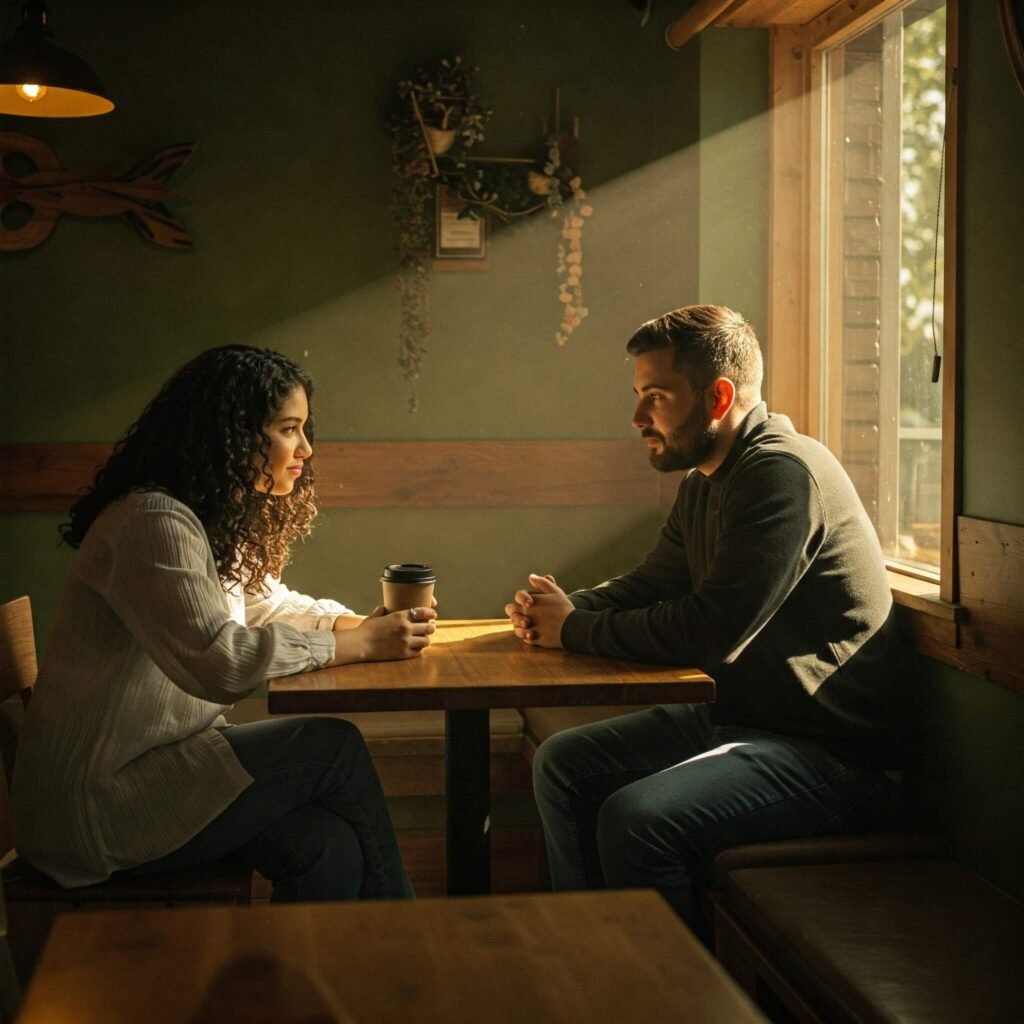Helping a friend in an abusive relationship can feel overwhelming, but your support can make a life-changing difference. Whether it’s emotional, physical, or psychological abuse, knowing how to approach the situation with care and sensitivity is crucial. This guide offers actionable steps, real-world examples, and expert-backed advice to help you support your friend while prioritizing their safety and well-being.
Why Helping a Friend in an Abusive Relationship Matters
To help a friend in an abusive relationship is to offer a lifeline during one of the most challenging times in their life. Abusive relationships are more common than many realize. According to the National Domestic Violence Hotline, 1 in 4 women and 1 in 9 men experience some form of domestic abuse in their lifetime. Offering support can empower your friend to recognize their situation and take steps toward safety.

Recognizing the Signs of an Abusive Relationship
Before you can help a friend in an abusive relationship, you need to understand the signs. Abuse isn’t always physical—it can be emotional, financial, or psychological.
Common Signs of Abuse
- Isolation: Your friend may withdraw from social circles or seem controlled by their partner.
- Unexplained Injuries: Frequent bruises or excuses for injuries could indicate physical abuse.
- Low Self-Esteem: They may express feelings of worthlessness or fearfulness around their partner.
- Constant Monitoring: Their partner may track their phone, emails, or whereabouts excessively.
Real-World Example: Sarah noticed her friend Mia stopped attending group outings and seemed anxious when her partner texted. After gently asking about her relationship, Mia revealed her partner insulted her daily, a sign of emotional abuse.
How to Approach a Friend in an Abusive Relationship
Approaching a friend about an abusive relationship requires tact and empathy. Confronting them aggressively could push them away or make them defensive.
Steps to Start the Conversation
- Choose a Safe Space: Find a private, quiet place where they feel comfortable.
- Express Concern, Not Judgment: Say, “I’ve noticed you seem upset lately, and I’m here for you,” instead of “Why do you stay with them?”
- Listen Actively: Let them share without interrupting or pressuring them to act.
- Affirm Their Worth: Remind them they deserve respect and safety.
Outbound Link: For more on starting these conversations, check RAINN’s guide on supporting survivors.

Practical Ways to Help a Friend in an Abusive Relationship
Once your friend opens up, your role is to provide ongoing support without taking control of their decisions. Here’s how to help effectively.
Offer Emotional Support
- Validate their feelings: “It’s okay to feel scared. You’re not alone.”
- Be patient: Leaving an abusive relationship can take time.
- Check in regularly without being pushy.
Help Create a Safety Plan
- Encourage them to identify safe places to go in an emergency.
- Suggest saving important documents (e.g., ID, passport) in a secure location.
- Share resources like the National Domestic Violence Hotline for professional guidance.
Connect Them to Resources
- Recommend local shelters or counseling services.
- Provide information on legal protections, like restraining orders.
- Suggest apps like Aspire News, which disguises safety resources as a news app.

What Not to Do When Helping a Friend in an Abusive Relationship
While your intentions may be good, certain actions can harm rather than help.
Avoid These Mistakes
- Don’t Pressure Them to Leave: Forcing a decision can make them feel trapped or guilty.
- Don’t Confront the Abuser: This could escalate the situation and put your friend at risk.
- Don’t Share Their Story Without Consent: Respect their privacy to maintain trust.
Real-World Example: When Lisa urged her friend to “just leave” her abusive partner, her friend stopped confiding in her, feeling judged. A gentler approach might have kept the lines of communication open.
Long-Term Support for a Friend in an Abusive Relationship
Helping a friend in an abusive relationship doesn’t end once they leave. Recovery can be a long process, and your support remains vital.
How to Provide Ongoing Help
- Celebrate their progress, no matter how small.
- Encourage therapy or support groups for professional help.
- Be a consistent presence, whether they stay or leave the relationship.
Outbound Link: Learn more about long-term recovery at WomensLaw.org.
Conclusion: Be a Lifeline for Your Friend
To help a friend in an abusive relationship is to offer compassion, resources, and unwavering support. By recognizing the signs, approaching them with care, and providing practical help, you can empower them to find safety and healing. Your role as a friend can be a lifeline—start by listening and showing them they’re not alone.



































